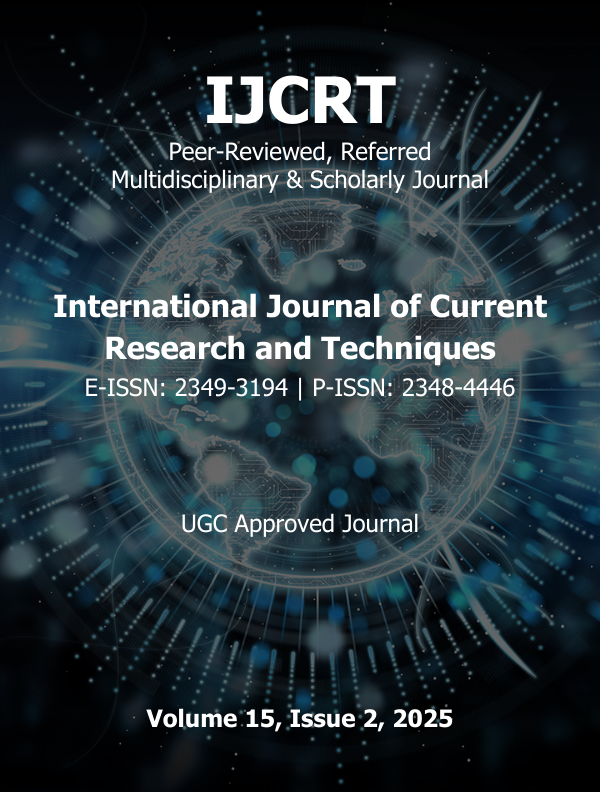OPTI-Assist: A Vision-Aided Navigation System for the Visually Impaired Using Embedded Intelligence
Published 2025-05-15
Keywords
- Assistive Technology,
- Bluetooth Audio Feedback,
- Edge Computing,
- Navigation Aid,
- Human-Centered Design
- Embedded Vision,
- Wearable Electronics ...More
How to Cite
Copyright (c) 2025 IJCRT Research Journal | UGC Approved and UGC Care Journal | Scopus Indexed Journal Norms

This work is licensed under a Creative Commons Attribution 4.0 International License.
Abstract
Optic-Assist is a portable assistive technology that enhances the safety and mobility of visually impaired individuals. Without relying on cloud or Internet of Things (IoT) services, the device offers real-time obstacle detection, object recognition, and audio feedback. Bluetooth, ultrasonic sensors, and a camera module (ESP32-CAM) are integrated with the ESP32 microcontroller to accomplish this [1], [2]. In order to accurately identify short-range obstacles, the system combines ultrasonic sensors with lightweight computer vision algorithms that run on the ESP32-CAM to detect common objects in the user's environment [3]. Utilizing visual processing methods like edge detection and color-based recognition, functioning is guaranteed within the hardware's resource limitations [4]. The user obtains audible signals from detected objects and barriers through headphones, or a speaker connected via Bluetooth [5]. This design maintains device autonomy and user privacy while promoting real-time environmental awareness. Because the project focuses on solo operation, it can be used offline in settings with spotty or non-existent internet connectivity [6]. Optimized processing workflows and battery operation provide energy efficiency and portability. To ensure accessibility and scalability, particularly in resource-constrained situations, open-source software and affordable hardware components were chosen [7]. The goal of the device is to function as a reliable navigation tool that encourages user confidence and independence by incorporating real-time sensing and feedback [8]. Optic-Assist offers an inclusive and scalable approach to assistive technology that can solve accessibility issues in the real world without requiring extensive infrastructure.

